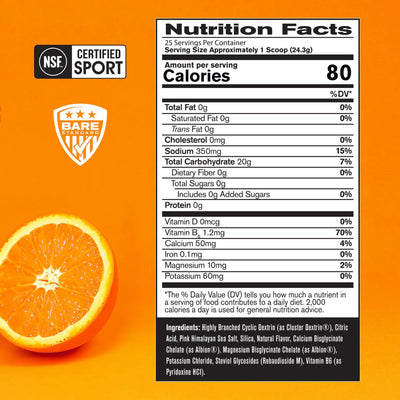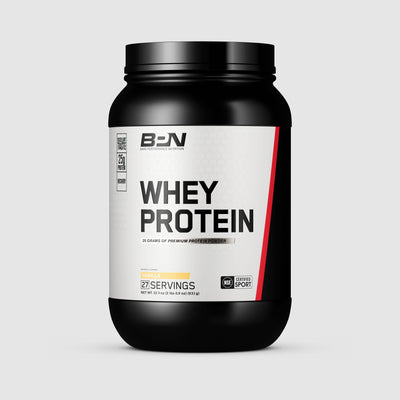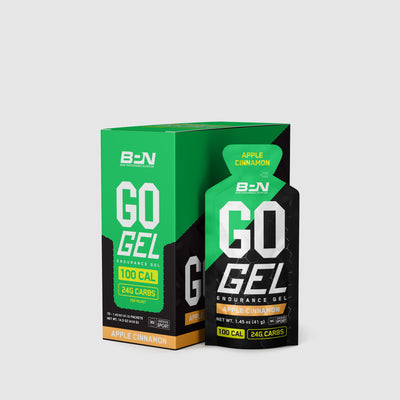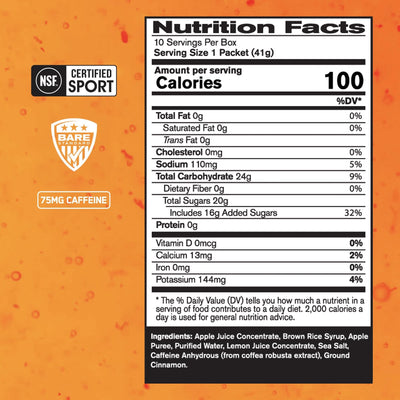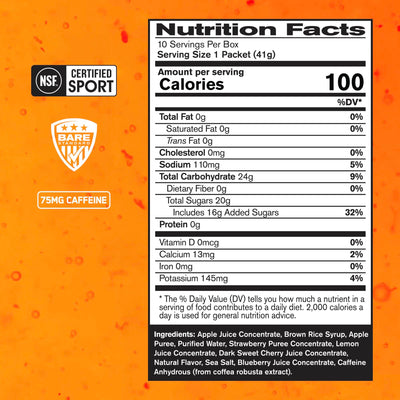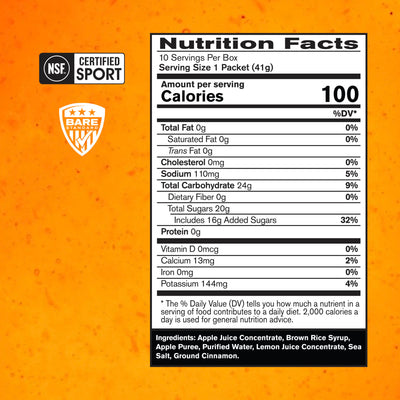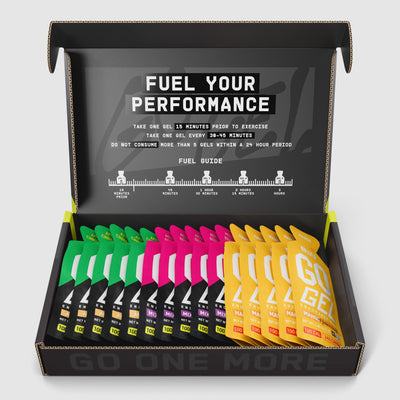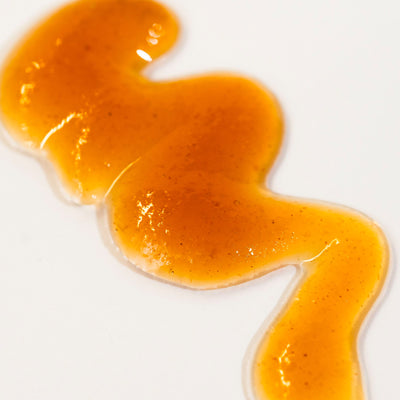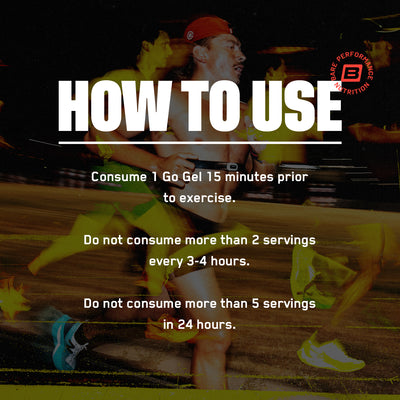What does it mean to fuel for endurance training properly?
Endurance fueling (aka giving your body nutrients) is essential for athletes and individuals engaged in prolonged physical activities. During long-duration exercises such as distance running, cycling, or swimming, the body's energy reserves are quickly depleted, leading to fatigue and reduced performance.
Proper endurance fueling ensures a steady supply of essential nutrients, primarily carbohydrates and electrolytes, which serve as the energy source for the muscles and optimize hydration levels.
- Imagine a vehicle. It uses fuel as its primary energy source to power its engine and move. The speed at which that vehicle moves directly affects fuel economy and consumption.
- We are born with an internal engine. We can build that engine to become stronger and more efficient through training and physical adaptations, but it will always require a fuel source to work.














